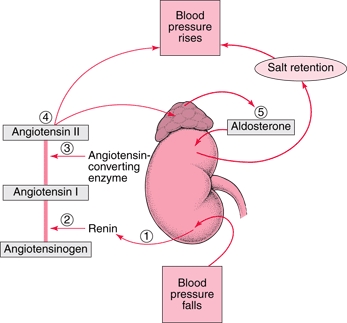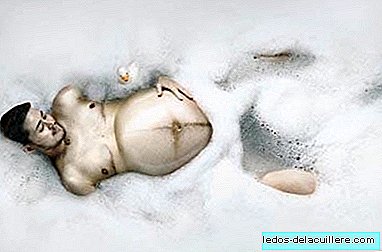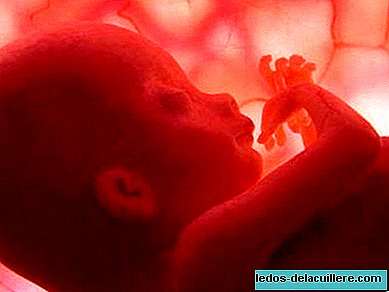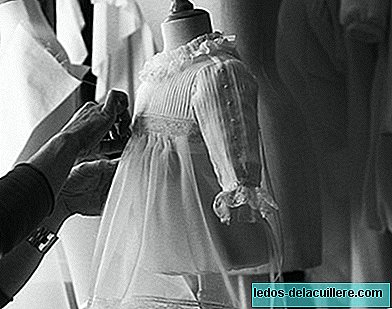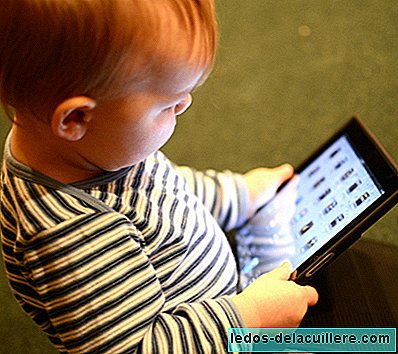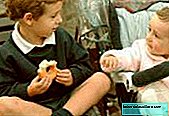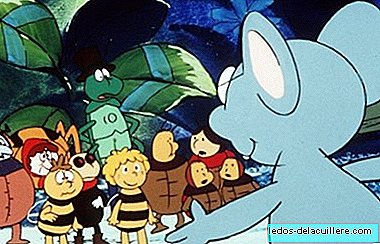
In the history of television, the small screen has offered us a good number of programs and series that have become part of the childhood of many people, who have grown with reference to some of these television spaces. In our special on children's television, looking back to rescue some of those programs we could not forget 'Sesame Street', a space turned into a television reference thanks to its commitment to a quality television designed for children.
More than a television show, 'Sesame Street' became a brand, which in its home country, the United States, continues to bear fruit today. The original 'Sesame Street' arrived in Spain in 1976, after Spanish Television decided to double the American characters and offer their adventures in the afternoons of their grill. It would not be until 1979 when the most remembered and most successful first stage of 'Sesame Street' reached the chain, moment when new characters were created that starred in stories that intermingled with the sketches of the program that aired in the United States.
'Sesame Street' had several stages that were marked by the presence of its main characters. It is the case of Caponata and Espinete, two characters who starred in their respective stages of 'Sesame Street', although with Espinete the great boom of the program that would cause a real revolution among children. The truth is that regardless of their characters, all their programs were focused on maintaining that idea of educational entertainment with which 'Sesame Street' had been created, becoming a worldwide success.
What is Sesame Street?
'Sesame Street' is the neighborhood in which different characters meet, created from puppets and costumes (although the flesh and blood characters are also common), who intend to empathize with the children's audience from the first moment to transmit learning and A series of positive values. Many were the characters, turned into television history today, that passed through Sesame Street, although some of the most remembered, extracted from the Spanish version, are the Caponata hen, the Espinete hedgehog or Don Pimpon.
The series intercalated the recordings in Spain with sketches that came directly from 'Sesame Street', so they also became well-known characters such as the frog Gustavo, Coco or the inseparable Epi and Blas, all of them with a well-marked personality and with the aim of being part of an educational television that worked so that the children also had a good time in front of the television.
What can we expect from the program?
'Sesame Street' noted for being one of the most complete programs aimed at children who have existed in the history of television. It had different types of content that, within children's viewers, were divided depending on their age, although was able to adapt to please all of them. Thus, for the preschool public, basic learning sketches were added, such as those that reviewed the numbers, showed the parts of the body or those that referred to notions of reality, such as the mythical “near / far” that sometimes was made mention. And, at the same time, the benefits of teamwork or companionship were taught.
The program also stood out for a friendly tone that always tried to arouse the smile of the little ones. In fact, thanks to the tenderness and sympathy that Espinete gave off, this became one of the most beloved television characters of the 80s. Although all the characters gave off that halo of kindness, none would come to shadow Espinete, turned into a television star that would be remembered even many years after 'Sesame Street' was over.
The main characters of 'Sesame Street' appeared as role models for the little ones in the house, carrying out behaviors for children spectators to imitate. The value of friendship, the importance of sincerity or the benefits of being generous are just some of the aspects that 'Sesame Street' focused on, becoming a reference television space, which both young and old liked.
In the episode that accompanies this article we check the dynamics that each program of 'Sesame Street' had. On this occasion, we observe a continuous plot starring Espinete and his friends, focused on the arrival in the neighborhood of a new woman who turns out to be very annoying for the protagonists. This story is accompanied by other sketches that emphasize reviewing numbers, teaching how oranges are collected or showing what a dancer's training is like. The chapter is accompanied by several musical pieces, another aspect that highlights the 'Sesame Street' programs.
'Sesame Street', a children's classic
'Sesame Street' was finished in 1988, at which time Spanish Television decided to create a complete national production program that maintained the line of 'Sesame Street' (that space would be 'The worlds of Yupi'). Thus, several years with the adventures of Caponata and later with Espinete, the most famous children's neighborhood of television was leaving forever. The program left behind a legion of fans, an obvious example of the success that 'Sesame Street' had achieved in each of its episodes, which were around 25 minutes long.
Espinete's adventures can now be enjoyed in DVD format, after several remastered editions of the show go on sale Created in Spain. The original characters of 'Sesame Street' in the United States had more impact, whose adventures have continued throughout the years to the present day and whose characters have come to star in the occasional movie, turned into a television phenomenon. The characters of 'Sesame Street' created in Spain, on the other hand, were marked in the memory of many Spanish children, who lived a few years with the lessons and love that 'Sesame Street' offered in each of its broadcasts.


